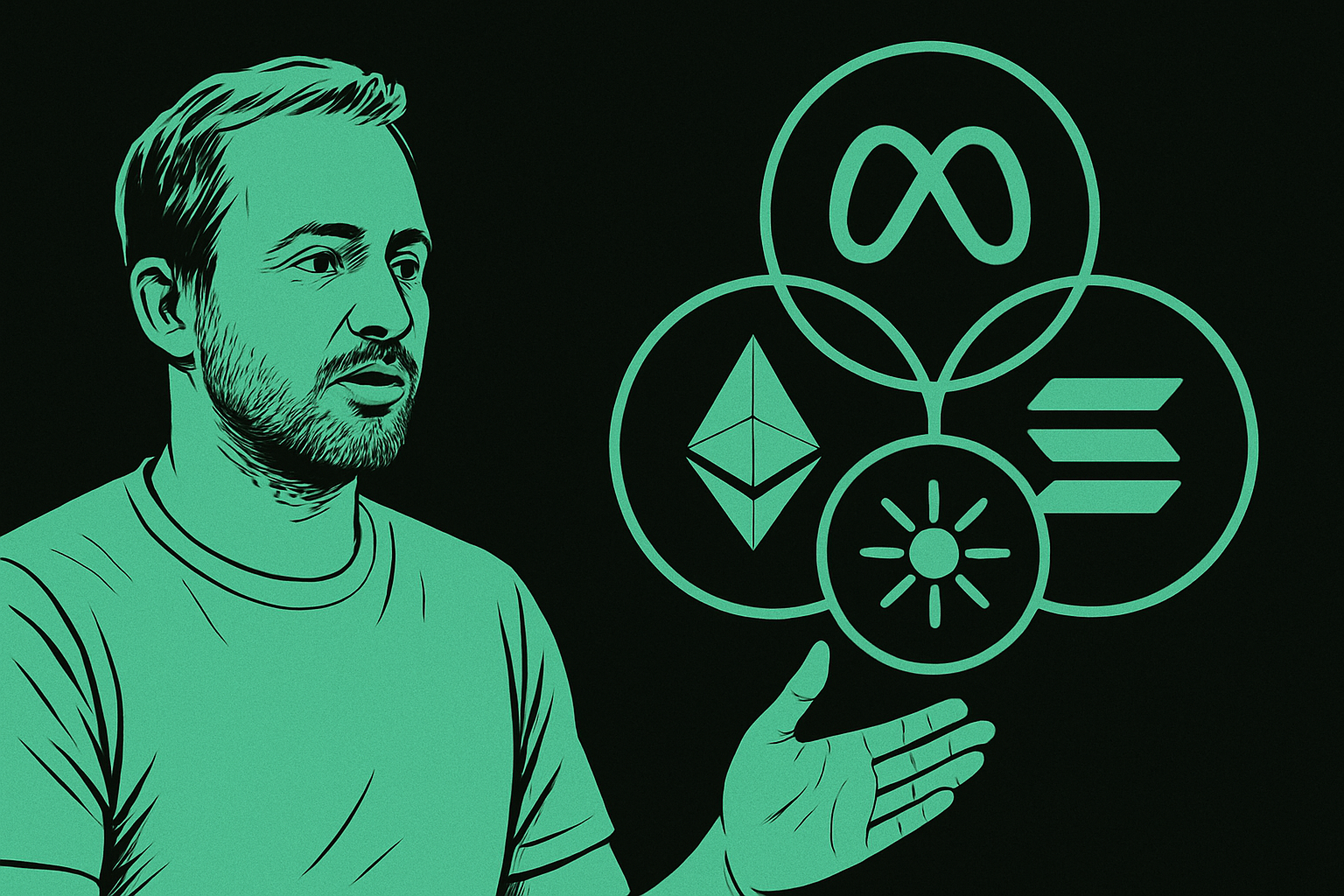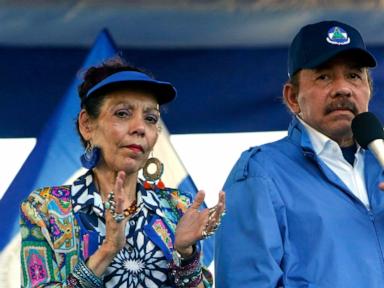ARTICLE AD BOX

- Solana co-founder Anatoly Yakovenko proposes a meta blockchain using fixed rules to merge data from Solana, Ethereum, Celestia.
- Celestia’s Nick White warns that the concept adds high complexity and overhead with limited practical advantages.
Solana co-founder Anatoly Yakovenko has outlined a vision for a new blockchain system that is meant to cut costs associated with data availability. On May 12, Yakovenko outlined the concept of a “meta blockchain” on X, which he characterized as an aggregator, but not a single chain. It would gather data from networks like Ethereum, Celestia, and Solana and have them operate under a single transaction ordering rule.
Solana co-founder Toly has proposed the concept of a Meta Blockchain, which involves posting data across chains such as Ethereum, Celestia, and Solana, then merging that data into a single ordered sequence using predefined rules. This approach aims to leverage the most…
— Wu Blockchain (@WuBlockchain) May 13, 2025
The model, in the opinion of Yakovenko, would look at the most up-to-date block headers of the participating chains so that there is a standard format for ordering the transactions. The system would not require a centralized coordinator but would have a rigid set of rules to combine incoming data from various sources into a consolidated structure. Yakovenko said:
There should be a meta blockchain. Post data anywhere, Ethereum, celestia, Solana, and use a specific rule to merge data from all the chains into a single ordering. This would actually allow the meta chain to use cheapest currently available DA offer,
System Proposal Highlights Interoperability with Cost Benefits
Yakovenko visualizes this model enabling a transaction on the Solana to incorporate the most recent blocks from both Ethereum and Celestia. With this, the consolidated chain would avail itself of whatever platform has the cheapest data availability at the moment. He contended that the use of static rules for merging avoids the necessity for a single sequencer that has been considered to be the weak link in most rollup designs.
A lame version of this relies on an external sequencer. I think the cooler version is just a merge rule that reads all the chains. So users can send txs anywhere,
The co-founder of Solana is convinced that the decrease in data availability costs will also render other on-chain activities less costly. He said that bandwidth is the sole factor that cannot be minimized further and that data-access optimization would have more general advantages for blockchain users.
Celestia’s Nick White Calls Concept Theoretical with Limited Use
In spite of the optimism of Yakovenko, Celestia Chief Operating Officer Nick White had some doubts regarding the viability of the proposal. He likened the proposal to older theoretical designs that are called “DA multiplexers,” which have multiple data availability layers that are rarely utilized in practice due to their level of intricacy. Nick White said:
Your rollup requires running a node of each of the DA layers. Your fork choice rule becomes really complex, which just explodes the overhead and complexity for very little gain,
The developers also questioned whether Solana would just be a universal data availability provider. Yakovenko negated this possibility, proposing that users should not have to switch to a single chain. Rather, they should select the most economical one at the moment that is readily available to them.
.png)
 4 hours ago
1
4 hours ago
1








 English (US)
English (US)